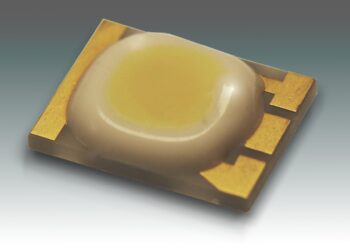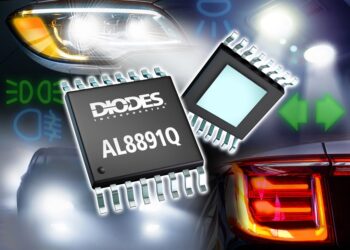Shanghai-based U Power collaborates with NVIDIA to build a high-performance vehicle computer (HPVC) for its UP SUPER BOARD, which integrates the high-performance compute architecture of the NVIDIA DRIVE Hyperion AV Platform. U Power plans developing industry’s first open vehicle supercomputers for scalable computing power by leveraging NVIDIA DRIVE Orin System-on-Chip.
U Power’s UP SUPER BOARD has the ability to push the boundary significantly beyond the industry’s current Skateboard chassis capabilities. The product is development to meet the rapidly changing requirements for a customized experience by integrating the core capabilities of smart EVs, including E-propulsion, suspension, steering, smart driving and thermal management. At the core of the smart driving system is the pluggable HPVC, to which chips can be added or removed, delivering computing power of up to 1,000 trillion operations per second (TOPS) and beyond.
This highly scalable compute power enables the UP SUPER BOARD to address Level 2 to Level 4 autonomous driving needs. End users will also be able to continually upgrade their vehicles’ compute power.
“The collaboration with NVIDIA will greatly enhance UP SUPER BOARD’s intelligence and advanced driving capabilities. With even greater eco-competence, we will be better positioned to help our customers build first-class smart EVs,” said Paul Li, Founder and CEO of U Power.
“NVIDIA is committed to an autonomous future built on AI and accelerated computing,” said Rishi Dhall, Vice President of Automotive Business at NVIDIA. “NVIDIA is helping U Power create a new sustainable model for developing and manufacturing smart EVs via innovative skateboard chassis technologies.”
U Power’s focus on innovating the skateboard chassis is enabling it to build EVs for every purpose and individual. As a leader in China’s skateboard chassis market, U Power launched UP SUPER BOARD and UP SPACE in January to empower car makers with greater freedom.







